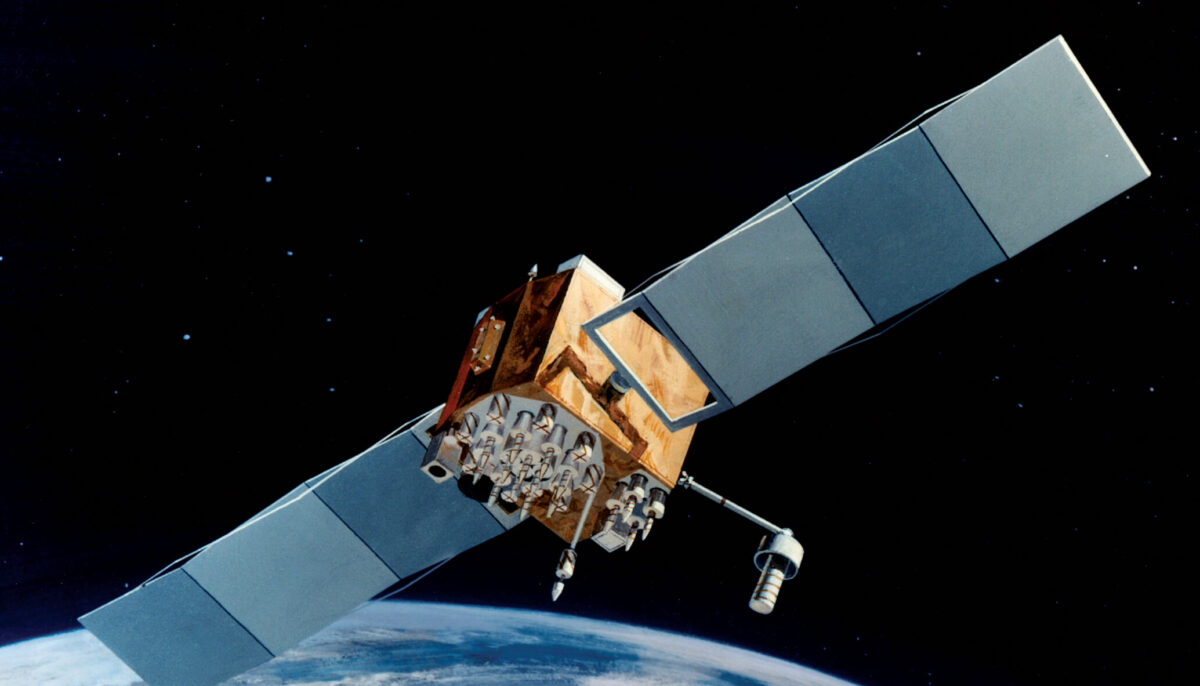The relentless Israeli bombardment of Gaza has caused loss of communications for prolonged periods, including total internet shutdowns and the jamming of geolocalization services within Palestine and Israel. It has even affected the precision of geopositioning technology in neighboring countries, most notably Lebanon.
Israel is using jamming and spoofing technologies to confuse GPS and telecommunications signals as part of its war strategy. Last December, Ynet (Israeli news agency) reported that interference methods by the Israel Occupation Forces (IOF) are also affecting signals both in Israel and in neighboring countries.
Several reports have stated that international civilian maritime and air travel is at risk of being dangerously affected by the IOF’s interference. GPS tampering affects all devices and applications, from aviation to mobile phone users trying to play online games.
Prominent Western and Israeli sources claim these interferences originate from Hamas. However, several reports reveal the opposite and state that these GPS jammings originate from the IOF, reportedly endangering civilian and commercial maritime and aerial traffic.
In the following overview, our team looks at how GPS works, different types of interference, and how they could be detected.
What is GPS?
The Global Positioning System (GPS) is one of the most crucial systems in our modern infrastructure. Almost every piece of technology around us uses GPS, from cash machines and smartwatches to phones, cars, and aircraft.
GPS is a satellite-based navigation system that helps determine the precise geographic location of devices (and those using them) anywhere on the planet. It is owned by the United States government and operated by the United States Space Force. This technology is considered essential for aerial and maritime transport.
How it works
Many GPS satellites are orbiting the Earth, with 30 currently active. These satellites continuously broadcast signals containing information about their current location.
Smartphones and navigation systems have GPS receivers that pick up signals from multiple GPS satellites. The GPS receiver calculates the distance to each satellite based on the time it takes for signals to reach devices.
The receiver can determine its own 2D location (latitude and longitude) by calculating the distance from at least three satellites. Adding a fourth satellite allows for a 3D location based on altitude calculation. These are the minimum requirements to accurately determine a GPS receiver’s position on Earth.
However, accuracy can be improved by connecting to more satellites. The more satellites the receiver can connect to, the better it can pinpoint its location. GPS and satellite constellations are designed so that at least four satellites are usually in view and can be accessed by the receiver from any point on Earth.
The signals used by GPS infrastructure are very weak at ground level, and they can be easily overpowered by unwanted transmissions. This kind of interference may happen by accident or due to a malfunction leading to signal conflict with other GPS transmissions.
To prevent these interferences, governments around the world cooperate under the International Telecommunication Union (ITU). Founded in 1865, it regulates communication mediums, from the telegraph to the modern world of satellites, mobile phones, and the internet.
However, interferences can also be intentional, aimed at damaging or preventing communication. They are most commonly used in government buildings housing sensitive state-related data or areas with additional security. Interferences are also used in war and sabotage efforts led by another state.
GPS interference
GPS jamming and spoofing are two ways for disrupting or deceiving GPS signals. This is achieved by sending out the same radio frequency signals used by GPS satellites but at a much higher power. This overpowers the weaker GPS signals, leading to their blocking or jamming.
“Imagine trying to have a conversation in an overcrowded room where everyone is shouting loudly, making it impossible to hear another person,” explained the Tech Unit at SMEX. In warfare, jamming GPS signals can prevent enemy forces from accurately navigating using GPS-guided systems such as missiles, drones, or vehicles.”
Alternatively, GPS spoofing is a more complex technique that generates fake GPS signals to trick receivers into thinking they are at a different location or trajectory. “It’s like giving someone false road signs to mislead them about their route,” added the team. “In combat, GPS spoofing is used to misdirect enemy soldiers or assets by convincing them that they are in a different place, driving them off course or into a trap.”
Both tactics can be used strategically to gain an advantage over the enemy by interfering with their ability to travel effectively or misdirecting them about their location or intended path. It’s worth mentioning that jamming and spoofing GPS signals are practices normally deemed illegal.
Relentless use of GPS spoofing and jamming
Gpsjam is a website created by John Wiseman that maps out GPS interferences around the world with regional updates on a daily basis. The website uses data provided by ADS-B Exchange to generate maps showing GPS interference based on navigational system accuracy from aircraft reporting.
According to the website, many aircraft broadcast digital radio messages (ADS-B) that contain information about their GPS accuracy. ADS-B Exchange is a network composed of signal enthusiasts who make it possible to map out real-time data that recorded low GPS accuracy.
While these reports do not say why GPS accuracy is low, they correlate well with the areas where jamming or spoofing occurs. Even though South Lebanon does not consistently show low GPS accuracy, further website data analysis suggests that Beirut constantly shows the highest concentration of GPS inaccuracies, endangering navigation systems in close proximity.
How to detect the source of interference
Detecting interference can be challenging because GPS signals can be blocked by objects or walls inside buildings. If signal reception is lost from a device that usually works well, signal interference is likely. GPS satellites are too reliable for multiple receivers to lose reception simultaneously.
Critical infrastructures are equipped with systems that rely on GPS services to monitor signal availability and sound the alarm during signal disruption. Multiple systems losing GPS signals simultaneously indicates that there may be GPS signal interference.
According to the EU Aviation Safety Agency (EASA), jamming and spoofing incidents have increasingly threatened the integrity of location services across Eastern Europe and the Middle East in recent years.
In Europe, Russia was accused of being the source of many of these incidents, including GPS jamming reported by Bulgarian pilots in the Black Sea region last year and by aircraft using routes in Poland or the Baltic area, with similar incidents reported by Romania as war broke out in Ukraine.
GPS spoofing was also reported in the WANA region, originating from unknown transmitters around the Iran-Iraq border and the Lebanese-Israeli one detected by the United States Maritime Administration.
GPS spoofing in Lebanon was also reported by organizations tracking its airspace. OPSGROUP and OLBB FIR (Lebanon’s flight information service) reported several cases of critical navigation failures on aircraft that departed from Tel Aviv and were led to fly toward Lebanon.
According to the EASA’s acting executive director, Luc Tytgat, the rise in these attacks makes air travel less safe. He emphasized the need to improve equipment and aircraft systems to ensure resistance to spoofing and jamming cases.
Unlawful disruption of another country’s telecommunications integrity
Israel is a member of the UN and, therefore, a member of the International Telecommunication Union (ITU). Article 45 of the ITU Constitution requires Member States “to take the steps required to prevent the transmission or circulation of false or deceptive distress, urgency, safety or identification signals, and to collaborate in locating and identifying stations under their jurisdiction transmitting such signals.”
Israel is violating Article 45 of the ITU by interfering with Lebanon’s and neighboring countries’ GPS and communications signals and frequencies. ITU also issued a warning to the member states in August 2022 regarding intentional interferences to GPS and all other communication signals.
It is important for states affected by Israel’s methods to report incidents to the ITU and, if necessary, consult ICJ or the UN Security Council to put an end to such violations committed by Israel that put commercial vessels and aircraft in danger.




